State of use of AI tax systems
Unlike its BENELUX and Western Europe neighbours, the tax inspectorates of the Grand Duchy of Luxembourg, including the Administration of Direct Contributions (ACD) and the VAT administration (AEDT), have been relatively silent on their use of AI, leaving much to speculation.
Yet, incidental mentions and reports of the OECD highlight that the tax inspectorates of the Grand Duchy have been using machine-learning since at least 2020.
What functions are performed with AI?
Luxembourg tax inspectorates leverages artificial intelligence for at least three functions:
- Webscraping: the scraping system of the Grand Duchy automatically collects data of website under the .’lu’ national domain name extension, to detect businesses susceptible to being subject to VAT obligations.
- Risk detection: the Grand Duchy leverages several distinct risk detection systems for national and international tax purposes. Reportedly, the AEDT made use of ESCORT similarly to a number of EU States such as Latvia and Lithuania, to detect discrepancies in the datasets of large enterprises. In addition, the Grand Duchy reports to the OECD leveraging machine-learning to detect risks of fraud, without disclosing any specificities regarding the models used.
- External risk-management (risk-scoring): the Grand Duchy reports to the OECD leveraging machine-learning for risk assessment processes without disclosing any specificities regarding the models used.
What data is processed by these systems?
The specifications of these models have not been disclosed by Luxembourg tax inspectorates.
Are these systems subject to specific norms?
The use of these models by the Luxembourg tax administration is not regulated by ad hoc legislative norms.


